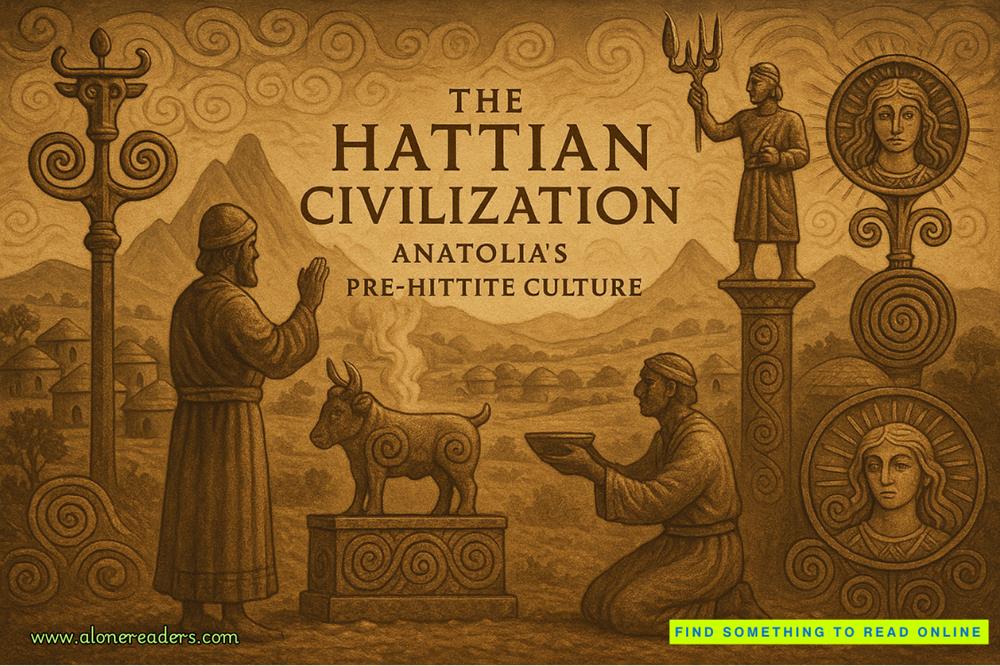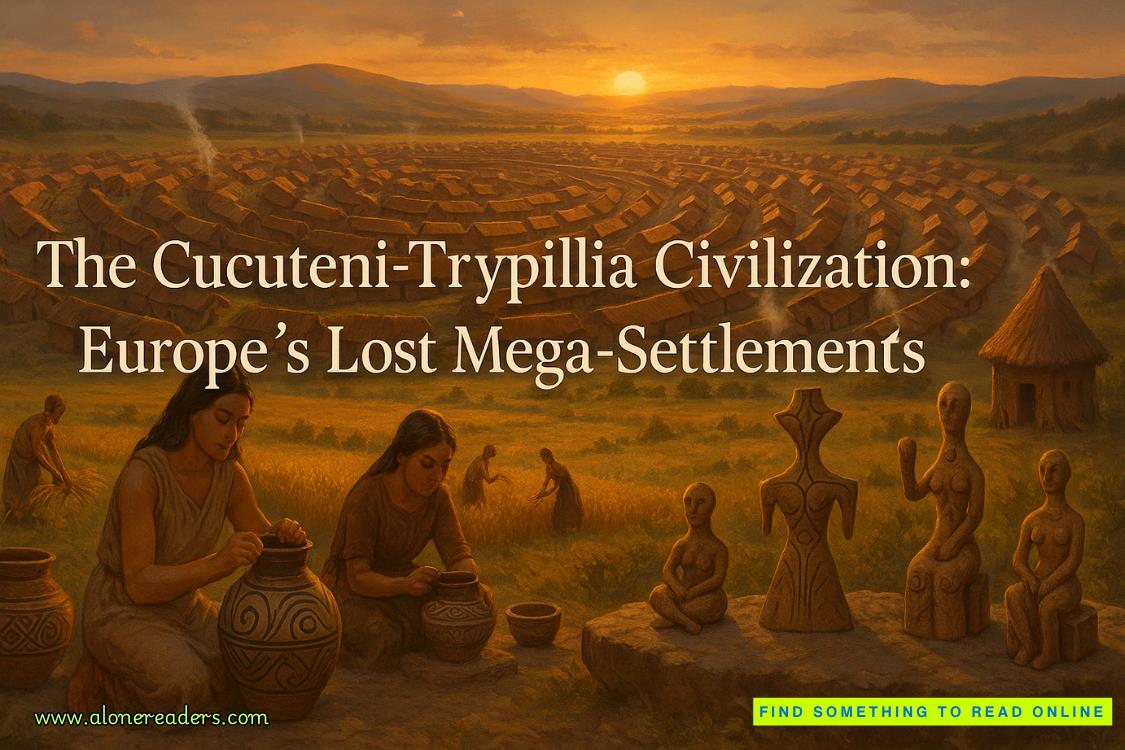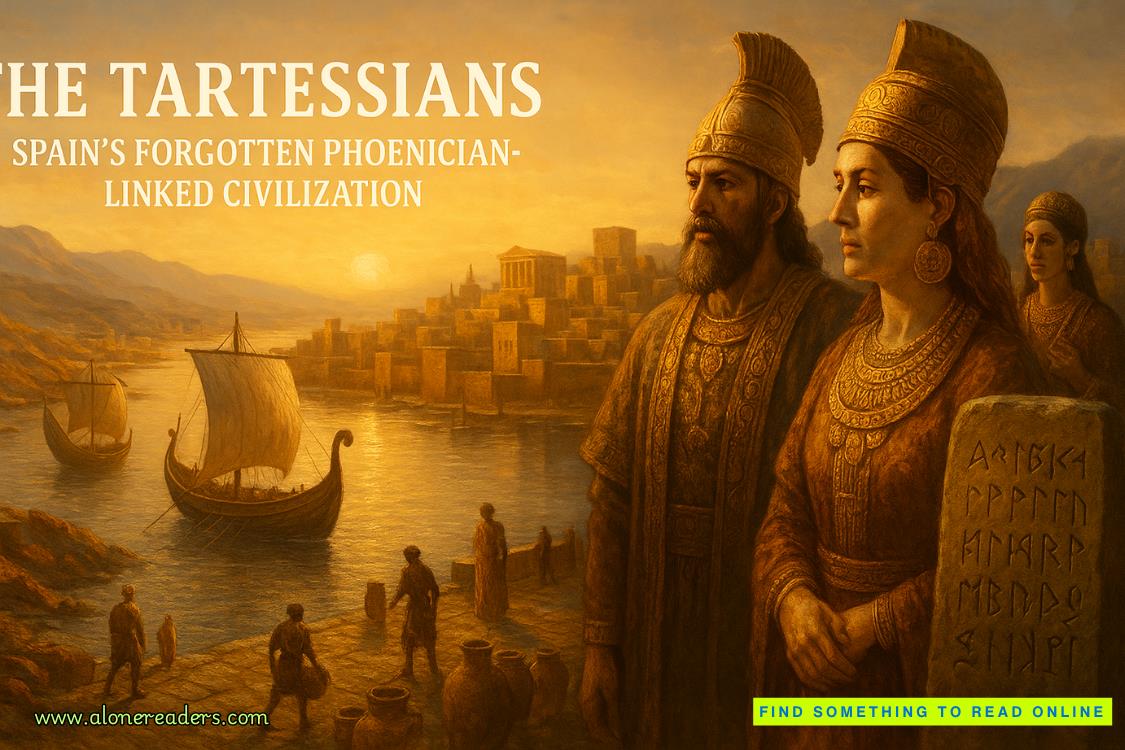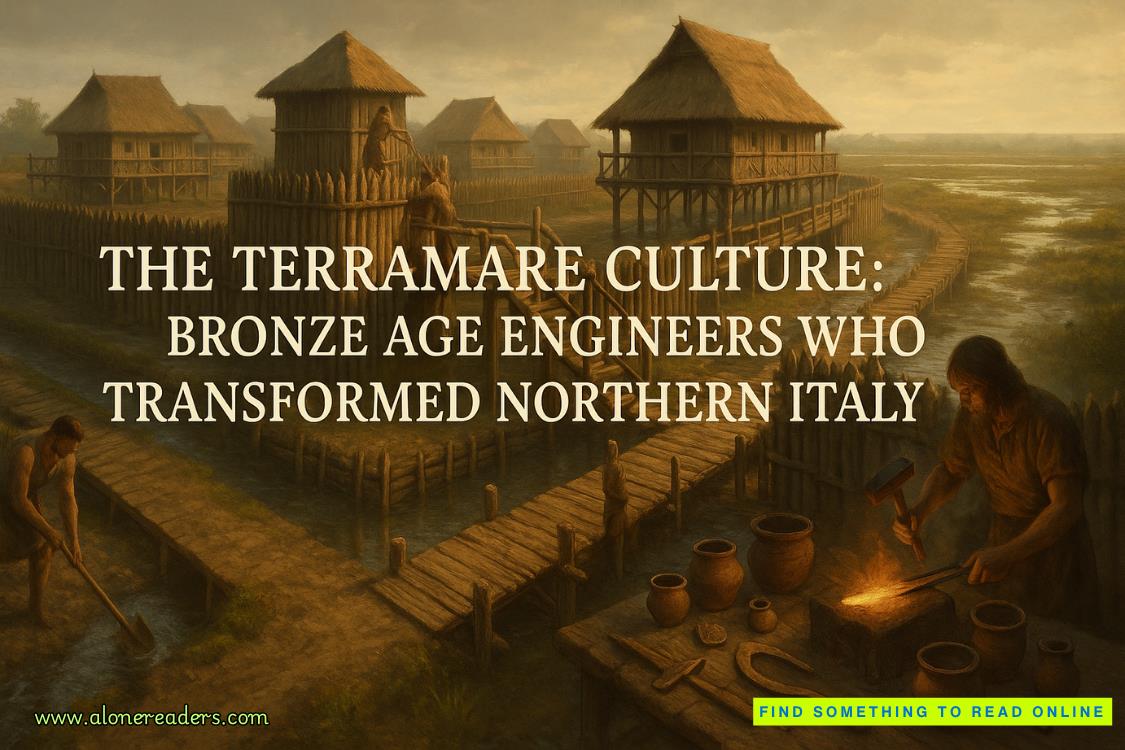The French astronomer strode about the table in his excitement.
“We may picture now, with some confidence,” he proclaimed to Tony, “the original situation of this planet—the place which it occupied in the universe when the people, who have provided these cities for us, lived.
“Its star—its sun—was, as we know, in the south. Eleven planets, of which this was one, circled that sun. This planet, and the one which we called Bronson Alpha, were the fifth and sixth in order of distance away from their sun. They were more closely associated than any other two planets; in fact, this planet revolved about Bronson Alpha almost like a moon. But it was not like our moon, which was always a dead world. It was Bronson Alpha, the greater planet, which bore no life; it was this planet—the smaller of the two—which bore life. And what a splendid order of life it bore at the end of its time!
“It seems to have been about two hundred years before the end that the people on this planet began to appreciate that a star was approaching which was to tear them away from their sun and cast them out into utter darkness and cold. There appear to have been living on this world, at that time, about one billion people.”
“One billion people!” Tony exclaimed.
Philbin nodded. “One thousand million—about two-thirds of the population of our earth before our destruction began. I have found reference to earlier conditions of this planet which indicates that at one time the total population here might have been similar to ours. They had solved sanitation problems, and health and nutrition difficulties, at least a thousand years earlier; and for centuries their population grew rapidly; yet I believe that they never had quite the total population of our earth.
“After they became scientific and gained control of their living conditions,—and the conditions of birth,—they seem to have reduced their total number to about a billion. They seem to have stabilized at that figure.
“For centuries there seems to have been little change, except locally; they kept their birth-rate approximately level with their death rate. The thousand millions of people were spread fairly evenly, in cities, towns and villages, over the best parts of this planet. Civilization seems to have spread and been established everywhere, though the people were not everywhere homogeneous. It is perfectly plain that they had developed at least six different races of men, with some forty or fifty subdivisions distinguished by what we called ‘national’ characteristics. I have not yet been able to make out the form of their government at the time prior to the approach of the destroying star; but it is clear that war either was very rare or had been completely abandoned.
“They had come to provide for themselves a very high quality of life; they seemed to have established throughout their globe both peace and comfort—when their scientists saw their fatal star approaching.”
“Go on,” said Tony, when Philbin halted. “Or can’t you?”
“Yes. I know a little more of what they did at that time—or at least how they felt—that billion people who used to live on this earth.”
Yet he halted again while he gazed about the hall at their handicraft, their lovely sensitive art and decorations. They were gone—the billion of them—but they had been people who strived and struggled, and who had undergone an ordeal surpassing, in its prolonged torture, the agonies of the end of the earth. Philbin, the linguist and translator, tried to put some of this into words.
“You will pardon me, my friends,” he said to Tony and Duquesne, “and understand that I can give you facts in fragmentary manner only, at this moment. My source is an autobiography of a man called Lagon—Lagon Itol. Lagon was what we would consider his surname. He was an artist and an architect of the time I speak of—the period of their discovery of, or their realization of, their threatened extinction from the approach of the star.
“With this autobiography of Lagon Itol, I found a volume about him by one of his contemporaries—one Jerad Kan. Lagon was a genius; he was, I think, the Michelangelo of this planet; and with this enormous artistic and architectural ability, he had an insatiable curiosity and interest in personalities. He kept a most careful diary, which is like nothing so much as Samuel Pepys’. Think of this remarkable man—Lagon Itol—as an amazingly vital, vigorous blending of our Michelangelo and Samuel Pepys.
“He records on this page,”—Philbin spread it before Tony and Duquesne,—“his first fear, if you will call it that, of the star.
“This is how I translate his words:
“‘Colk called to-day. He says the star Borak will certainly disturb us—or rather the great-grandchildren of our great-grandchildren. It presents us a pretty problem for survival.’
“Now the inspiring, and the exciting thing,” exclaimed Philbin, “is to follow how this Lagon Itol immediately set to work to plan a scheme of survival for these people—though the need for that scheme would not come until the time of his great-grandchildren’s grandchildren.”
Duquesne, with Tony, was staring at the page, the words of which they could not read; but there was a sketch there which fascinated them.
“It looks,” cried Duquesne, “like a first imagination of this city!”
“That’s what it was,” said Philbin. “It is perfectly clear that cities of this type were Wend, Strahl, Gorfulu, Danot and Khorlu.
“None of these names appear anywhere in the records of the time of which I am speaking; no such cities existed. Here Lagon Itol first began to dream of them, and he and his friend Jerad Kan began to write, educating the people to plan for what lay ahead of their grandchildren’s grandchildren.
“For what happened to them—what, at that time, was threatened and had not yet occurred—was a widely different doom from that of our earth. When we discovered our destroyers, we knew that we ourselves must face the destruction, and that very soon.”
“Precisely!” Duquesne had to exclaim. “Time for us was more merciful! For them—for two hundred years, at least, they must have looked at their doom! Tell me—tell me, friend, how a mind like Michelangelo’s—this Lagon Itol—met it.”
“In the most inevasive way. It is plain from his diary that, in his time, there was doubt—or at least the
best scientists were divided—over the point as to whether the approaching star would tear this planet completely away from its sun, or would merely alter its orbit so as to make the climate, for part of the year, very much colder. Lagon Itol considered both of those possibilities. He made a plan for survival under colder conditions; he also speculated on the possibilities of survival even in the dark and cold of space.
“Lagon Itol himself did not believe that was the probability. The approach of the star was not to be a near passing, except in astronomical terms; it would not come within a billion miles of the sun of Bronson Beta. It was certain to effect the orbit of this planet; but would it make that orbit wholly unstable?
“Lagon Itol seems to have proceeded on the assumption it would not. On this day, on this page, he discusses that. On this next page, he is discussing the effects of the uses of klul.”
“Klul?” asked Tony.
“Apparently it was a drug they used to make the air more exhilarating—or intoxicating. It seems to have been one of the dearest vices, or indulgences, of the Other People. They let klul evaporate in a room; then they came in and breathed it. It appears to have been extraordinarily pleasant; both sexes indulged in it, but it was forbidden to children. Lagon Itol records the formula, as he did all things that interested him.”















